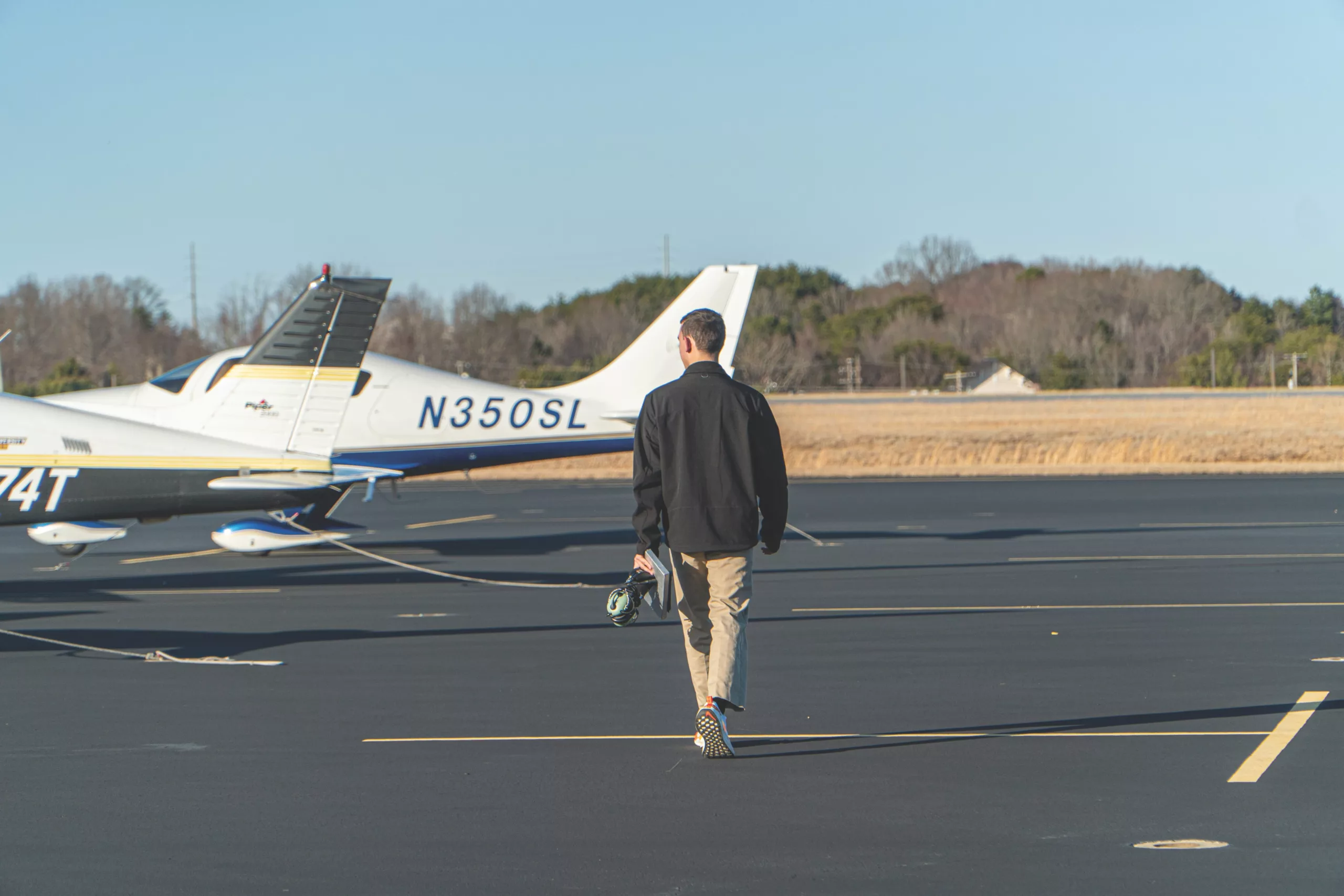Things go a trifle surreal when the artist sets up shop at a Caroline County manor.

The most famous surrealist’s name is longer than humuhumunukunukuapua‘a: Salvador Domingo Felipe Jacinto Dalí i Domènech—the clock-melting Salvador Dalí, who was never, so far as we know, the state fish of Hawaii. He died 25 years ago in January, raising aftershocks, if not a tsunami, in Caroline County where, while Hitler was killing off anyone who didn’t suit him, New York socialite and ex-bra designer Caresse Crosby (née Mary Phelps Jacob) had opened her Hampton Manor as a haven to the artsy set, including Talullah Bankhead and our man Dalí.
Plenty of folks vividly recalled the Dalí visit in the winter of 1940-41 for The Caroline Progress. “He was really a showman,” understated a resident. The man whom Virginianan (one who is a proponent of Virginiana) Park Rouse Jr. called “the little Spaniard” spent as much time being his own trademark as he did working, and he did both in Caroline.
“Here came this man out with a funny moustache,” said Bernice Smith, who had gone to Hampton Manor to pick up the artist, his wife Gala (née Elena Ivanovna Diakonova), and Crosby to take them to meet her hubby. Smith took a backseat and couldn’t understand a word from the front, because they were all speaking Spanish. Cesar Romero!
There were antics galore. More than one piano, it seems, was sacrificed for art’s sake. Needing a model for the painting that would be called Piano Descending by Parachute, Dalí conscripted Smith’s husband, Frank, and his Esso garage’s wrecker to hoist one piano into a tree. Another was the focal point of a black-and-white photograph of a tableau staged in front of the manor, titled The Effect of Seven Negroes, a Black Piano, and Two Black Pigs on the Snow. The painting shows exactly what it says and was featured in a story in Life about the artist’s visit. Harper’s Bazaar and The New Yorker also played gawker at this wild man in the South running their own stories.
Ed Thornton, a teenager then, working at Blatt Chevrolet, also provided wrecker service, serving as Sal’s artistic gopher, this time to raise a cow into a tree, pre–PETA. The First Marquis of Púbol sketched and tried to pay the cow-raiser with art. “I thought he was crazy,” Thornton said, and of the offered in-kind payment: “The thing looked so wild; I wouldn’t bring it home.” Too bad he didn’t stick it in the pantry and let it appreciate. Christie’s could have dealt with it.
Mannequins made one of the artist’s more endearing props. When Bob Buchan’s family moved to the manor some time later (Crosby sold the estate postbellum and returned to Rome), they found stacks of Dalí’s sketches in the attic (and trashed them), and a bunch of mannequins in the woods that the artist had fetched from a store. Dalí posed a mannequin, nude but for a flowing black wig, in the middle of the fish pond.
Mae Brooks’ mother and sister ran a store in the county, and it fascinated Dalí, with its potbelly stove and kegs of nails, still commonplace in Virginia country stores. “They just thought he was a crazy man,” Brooks said.
If not Dalí, who in the world did these people like? Notorious, substance-loving Bankhead, it turns out.
“Now that was someone we knew,” Brooks said, quoting the infamous actress.









